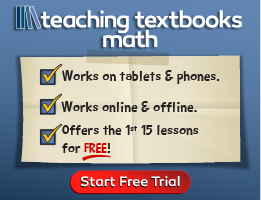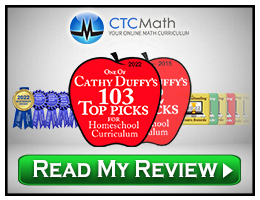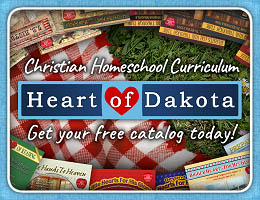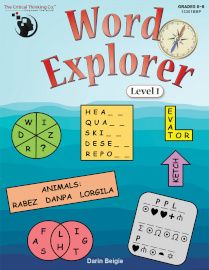Word Explorer: Beginning for grades 4 and 5 and Word Explorer: Level 1 for grades 6 through 8 both provide students with 64 sets of word puzzles. The 112-page books are available in print or as PDFs.
The wide variety of puzzles and other activities in both books ensures engagement for almost any child. Most are puzzles, while some are more like workbook exercises. Students work on spelling and vocabulary while also working with homonyms, antonyms, anagrams, compound words, pattern recognition, word associations, visual skills, and logic. While the same types of puzzles are used more than once in each book—and many types are used in both books—they gradually increase in difficulty.
Both levels describe the “themes” of the puzzles as Missing Letters, Letter Rearrangement, Word Combinations, Vocabulary, Path Search, Code-Breaking/Logic, and Visual. But there are more than seven types of puzzles. For instance, code-breaking puzzles in Word Explorer: Beginning include codes for Braille symbols, American Sign Language hand gesture symbols, rebuses, reversed spelling, misplaced spaces within sentences, mirror reading and writing, block ciphers, and pigpen ciphers.
Some activities are commonplace, like word searches and crosswords. Some function like typical workbook exercises, such as completing pairs of homonyms for which definitions are supplied. Many others are quite creative, such as the Letter Chunk Champion on page 10 of Level 1, where students are given five or more groups of letters in boxes as they would appear in a crossword puzzle. Students arrange the groups to form five words related by a common theme. Many students will enjoy sillier exercises, such as finding the malapropism in sentences such as: “Older people with a weekend immune system should shelter in place.” (Level 1, p. 14).
Many activities help students polish their spelling and vocabulary skills by making them process many possibilities. An example would be the Word Completion Conqueror puzzles in both books, where students have a group of five words, and each word is missing either one or two letters. Students determine what letter (or two letters) will work in all five words. Another type of Word Completion Conqueror has a list of seven words missing the first and last letters (except for the beginning of the first word and the end of the last word). Students must find the letter that will work at the end of the first word and the beginning of the second, continuing down the list.
Hints are provided on a few pages following the activities, and solutions follow the hints, so help is at hand if needed.
Puzzles should be used in order since they gradually become more difficult, but all students need not complete every activity. For instance, children who easily reverse letters might not benefit from activities with scrambled letters.
Summary
Sample pages can be viewed on the publisher’s website, but there aren’t enough to fully reflect the creativity and variety in these books.











